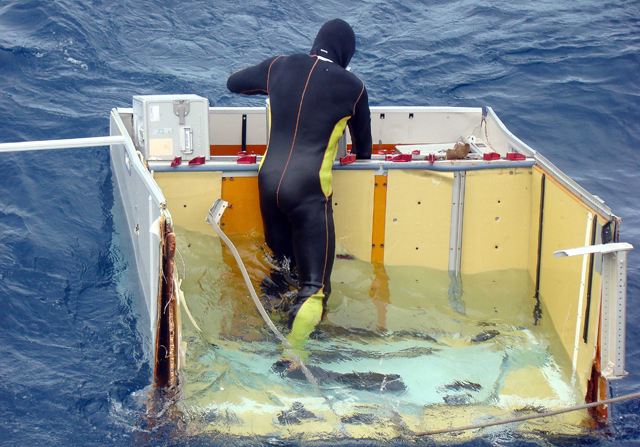Calgary-based communications specialist Flyht did not need events like the loss of Air France flight 447 or Malaysia Airlines MH370 to persuade it that airlines’ connectivity with their aircraft could beneficially be improved. It had been producing intelligent onboard satellite communications systems since 2003, and if either or both those aircraft had been fitted with one of these, the airline operations departments – and emergency services – would have had a great deal of instant information about the nature of the anomaly the aircraft and crew faced, and an accurate picture of the aircraft’s location.
Years later, in its report into the June 2009 loss of AF447 in the South Atlantic ocean, the French investigation agency BEA recommended a system for ensuring flight data was recoverable and aircraft location notified in the event of deep-sea accidents. This sounded like a commercial for Flyht’s AFIRS event-triggered onboard voice and data satellite communications system, but traditional airline industry inertia ensured that although AF447 heightened risk awareness, it made very little difference to Flyht’s sales. Although this may have disappointed him, it did not faze Flyht president Matt Bradley because the company’s devices had been designed to enable airlines to have better day-to-day control over their aircraft assets and their engineering and operations requirements, rather than helping them to cope with disasters. But its real-time automatic occurrence/exceedance reporting system happened to make disaster management far more efficient too. Bradley points out that AFIRS on AF447 would have been automatically triggered to stream information back to base by the pitch and roll variations that began early in the departure from properly controlled flight, so hundreds of parameters about the aircraft’s position, behaviour and systems health would have been received in real time until impact with the sea.
So when MH370 disappeared in March 2014, the message about the need for better base-to-fleet connectivity constituted a huge reproach to the industry for its failure to do anything. Then the ICAO set up a task force on the need for oceanic flight tracking and has recently recommended automatic dependent surveillance reporting by all aircraft every 15min, but has left the method of implementing it up to the carriers. AFIRS, of course, would be one of the systems that could achieve this for the airlines, but rather more as well.

Could AFIRS have made a difference to the search for AF447?
Rex Features
Meanwhile Flyht, according to Bradley, has learned from both AF447 and MH370. When the latter turned dramatically off its flightplanned route over the Gulf of Thailand, that would not have automatically triggered a data stream at the time, but it would if it happened now. AFIRS communication, which includes voice communication as well as data via the Iridium satellite network, can be customised by the airline so it gets the operations and engineering data and exceedances it wants. Even the crew, if it is unhappy with an inflight development, can manually trigger data streaming back to base so they can access real-time advice for dealing with it, as well as setting up engineering and ops to be ready to deal with the problem on arrival.
FlyhtStream is a total airline customisable service that could replace or supplement ACARS (aircraft communications addressing and reporting system), and enable quicker responses to flight operations data monitoring, because the AFIRS box can act as a quick access recorder that can genuinely be accessed at any time. Back at base, engineering and ops can also interrogate AFIRS at any time, and can re-programme it too. Bradley says the difference between ACARS and FlyhtStream is that the former provides simple data according to programmed engine or systems triggers, but the latter provides a total operational context as well.
One of the issues under discussion at ICAO – and now at Flyht – is the possible need to tamper-proof reporting equipment like the aircraft’s transponder and ACARS, because just before MH370 turned off its flightplanned route, its transponder stopped working, so it was no longer seen on civil radar. Bradley said Flyht, and the aircraft manufacturers, are debating whether circuit breakers for reporting equipment should be moved from the cockpit to the avionics bay.
Source: FlightGlobal.com























